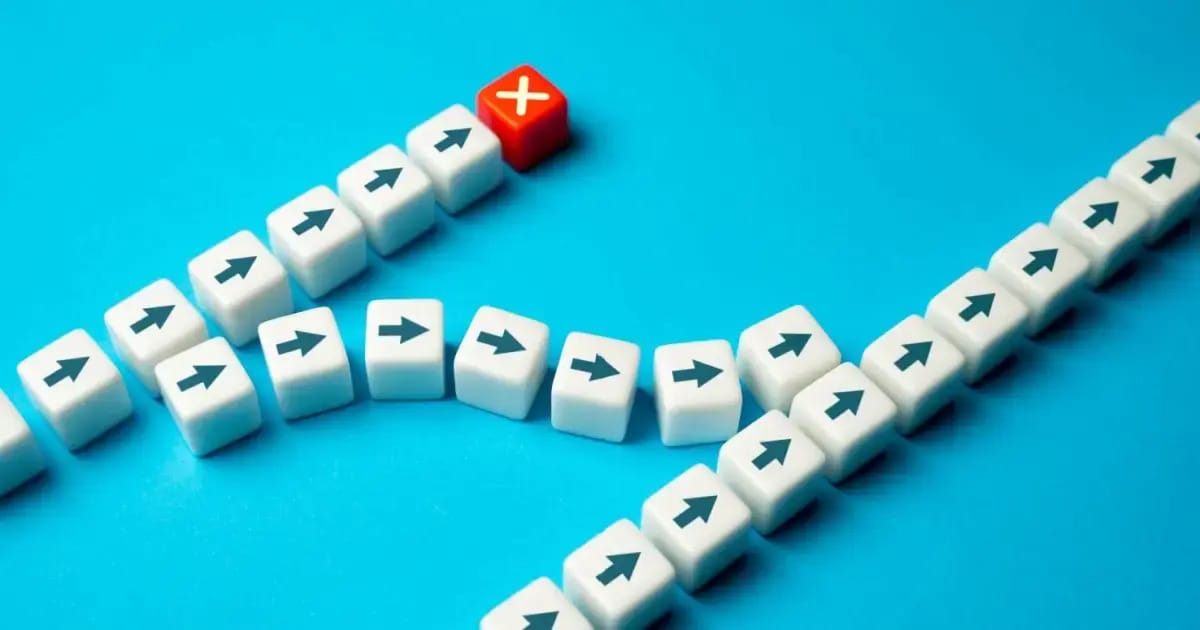- The Option Premium
- Posts
- 📚 Options Trading 101: What Is Option Premium?
📚 Options Trading 101: What Is Option Premium?
Understanding the Price You Pay (or Get Paid) in Every Options Trade

It All Starts with One Number: The Option Premium
When I placed my very first options trade, I had no idea what I was doing.
I remember clicking around, looking at calls and puts on Apple stock, and seeing this number: “$2.15”
I thought, “Okay, that’s the price of the option.” But I didn’t really know what that number meant, or why it mattered so much.
Turns out, that number, called the option premium, is the most important number in every single options trade. It’s what the trade is worth right now. And it tells you everything about the risk, reward, and potential of that contract.
Let’s break it down in simple terms.
The option premium is the price you pay to buy an option, or the amount you get paid if you sell one.
It’s like buying a ticket.
If you want the chance to make a move later, you need to pay today.
If you buy an option, the premium is what you pay upfront.
If you sell an option, the premium is what you collect, and keep if the trade works in your favor.
Every option contract controls 100 shares, so if you see a premium of $2.15, the actual cost is: $2.15 × 100 = $215
A Real-Life Example
Let’s say you’re looking at an option on Nike stock (NKE). The stock is trading at $100.
You see a call option with a strike price of $95, and the premium is $6.50.
What does this mean?
You’re paying $650 to buy the right to buy Nike at $95, even though it’s already trading at $100.
That option has $5 of real value (because $100 – $95 = $5).
The other $1.50 is extra value, for the time left and the chance that Nike moves even higher.
An option premium is made up of two pieces:
1. Intrinsic Value (Real Value)
This is what the option is worth right now. If you could use the option today and make money, that’s intrinsic value.
If a stock is at $105 and your call option lets you buy it at $100, the option has $5 of intrinsic value.
2. Extrinsic Value (Time + Possibility)
This is everything else. It’s the extra value for time left and how much the stock might move.
Think of it like this: the longer the option has before it expires, the more time the stock has to move, and the more valuable that “maybe” becomes.
That “maybe” is what option buyers are really paying for, and what sellers are getting paid to take on.
If you’re just starting out, you might think the option premium is just the price tag. But it’s more than that.
It tells you:
How much the market thinks the stock might move
How much time is left for the trade to work
How much risk and reward you’re taking on
And here’s the key:
If you’re a buyer, you want the stock to move far enough to make more than the premium you paid.
If you’re a seller, you want the stock to stay calm so the premium you collected stays in your pocket.
Every decision in options trading starts with one question: Is this premium worth it?
A few things affect the premium, here’s how to think about them:
1. Time Left
More time = higher premium. Why? Because more time means more chance the stock could move.
2. Volatility (How Wild the Stock Moves)
Stocks that move up and down a lot have higher premiums. Traders are willing to pay more because the stock might make a big move.
3. Stock Price vs. Strike Price
If an option is already “in the money”, meaning it has value right now, the premium will be higher.
4. Interest Rates + Dividends
These have a small effect. You don’t need to worry about them as a beginner.
A Quick Story from My Own Trading
I once sold a put on a stock that had a premium of $3.00. I collected $300 up front. The stock stayed flat and the option expired worthless.
I kept the full $300.
But here’s the thing: that $300 was all extrinsic value. If the stock had dropped, I could’ve been assigned shares and taken a loss.
That trade worked because I understood what the premium was really telling me:
“The market is nervous this stock might fall, but if it doesn’t, you get paid.”
In Simple Terms:
Option premium = the price of the contract
It has real value (if it’s already profitable)
And time value (if it might become profitable)
And every option trade, whether you’re buying or selling, begins with this one number.
Final Takeaways for Beginners
If you’re new to options, remember:
The premium is what you’re risking (if buying) or collecting (if selling)
It’s made up of real value and time value
The premium shows you how much risk, time, and movement are priced into the trade
Don’t just look at the number. Ask yourself: “What’s inside this premium, and what does it tell me about the trade?”
That simple habit will make you a smarter, more confident options trader.
Want More Options 101 Lessons?
This article is part of our Options 101: First Steps to Trading series at The Option Premium, designed to build a rock-solid foundation for options traders.
👉 Subscribe to our free newsletter to get:
Weekly educational articles
Step-by-step trade breakdowns
High-probability portfolio strategies
We’re here to help you trade smarter, with confidence, clarity, and consistency.
Probabilities over predictions,
Andy Crowder
📺 Follow Me on YouTube:
🎥 Explore in-depth tutorials, trade setups, and exclusive content to sharpen your skills.
Reply